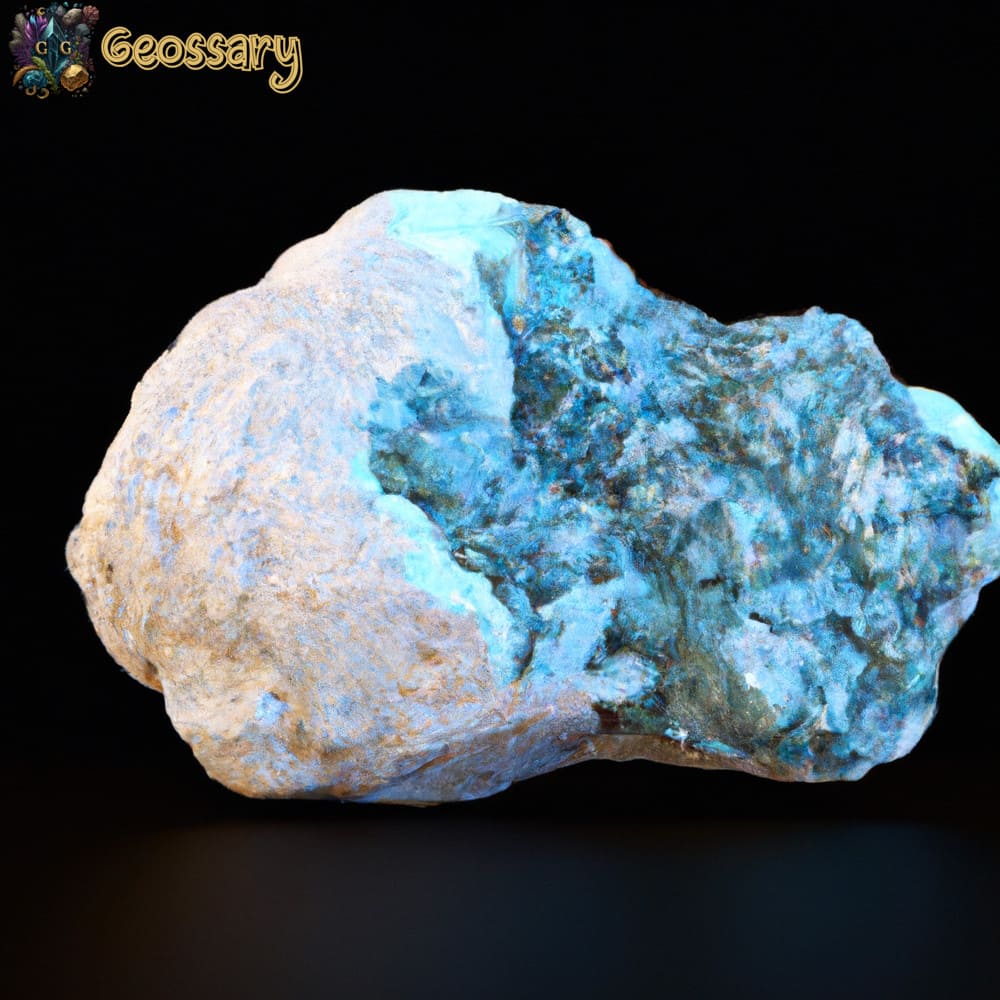Silicates are the most important class of minerals, 25% of known minerals are silicates and approximately 40% are common. They form igneous rocks and these make up 90% of the earth’s crust.
Of 100 atoms, 20 are of silicon, plus 60 of oxygen and 6 to 7 of aluminium, iron, calcium, magnesium, sodium, potassium, etc. They are present in the earth’s crust, therefore, the predominant minerals are silicates and oxides, which depend on the chemical and physical conditions in which they were formed.
Each group of silicates characteristic of igneous, metamorphic and sedimentary rocks, pegmatites, metallic veins, altered rocks and soils give clues to the environment in which they originated. All these minerals have as a fundamental unit at the base of the structure, four oxygen ions at the vertices of a regular tetrahedron rounded to the tetravalent silicon ion (SiO4).
This link is so strong that in other words it is the cement that maintains the earth’s crust. The most common ions in the structures of this group of minerals are: potassium, barium, rubidium, alkali and rare earth alkali. The general formula for all silicates is XmYn(Zp,Oq)Wr, where:
- X represents large ions that have a weak charge.
- Y represents mediated, divalent to tetravalent ions.
- Z represents small ions that have a strong charge.
- O represents oxygen.
- W refers to additional anionic groups (OH) or anions (Cl, F, etc.)
- p, q is the degree of polymerization of the scaffold.
- m, n, r depend on the condition of electrical neutrality.
Based on the number of oxygens shared by the tetrahedrons and the degree of polymerization, the structure of the silicates can form independent tetrahedrons, multiple independent tetrahedrons, chains, double chains, bands, three-dimensional frameworks, or sheets.
Below is a list of silicate names, you can click on each mineral name to go to an information sheet that explains the properties, characteristics, uses and more about those silicates.
Silicate classification
| Class | Arrangement of SiO4 tetrahedra | Ratio Si:O | Example |
| Nesosilicates | Independent | 1:4 | Olivine |
| Sorosilicates | Couples | 2:7 | Hemimorphite |
| Cyclosilicates | Rings | 1:3 | Beryllium |
| Inosilicates | Double Chains – Single Chains | 4:111:3 | Tremolite, Enstatite |
| Phyllosilicates | Sheets | 2:5 | Talc |
| Tectosilicates | Frameworks | 1:2 | Quartz |
Tectosilicates
They are the largest group of silicates, approximately three quarters of the earth’s crust is made up of minerals of a three-dimensional framework of linked SiO4 tetrahedrons. The oxygen ions of each SiO4 tetrahedron share the neighboring tetrahedrons, forming a three-dimensional network or mesh with strong bonds.
Tectosilicates comprise the following groups: SiO2 group, feldspar group, scapolite group, feldspathoid family, and zeolite family.
Nesosilicates
They present independent SiO4 tetrahedrons, they are only linked together by ionic bonds through metal cations. They have a strong, dense atomic structure and little cleavage.
Its habit is equidimensional crystalline. In the case of aluminosilicates, a silicon atom is weakly substituted by an aluminum atom.
Nesosilicates comprise groups such as: the phenachite group, the olivine group, the garnet group, the zircon group, the SiO5Al2 group, and the chondrodite group.
The olivine group and garnets are the best known. Olivines form a series from forsterite to fayerite, depending on the temperature, pressure, and composition of the magma. Garnets are frequently found in metamorphic rocks, garnets such as: pyralespite, ugrandite and hydrogrants, in which silicon ions are replaced by (OH)4 groups.
Nesosilicates such as zircon and aluminosilicates are used in the industry as gems due to their color, brilliance and prismatic structure.
Sorosilicates
They exhibit double tetrahedral groups, independently forming two SiO4 tetrahedrons sharing a single vertex oxygen.
The epidote, hemimorphite and lawsonite group belong to the sorosilicates. The most important ones are from the epidote group, they have a rather complex structure, they have two different classes of cation positions, which I will call X and Y. X is generally occupied by rather large and weakly charged ions such as sodium or calcium, while Y is occupied by smaller, more strongly charged cations such as travalent manganese, ferric iron, aluminum, and rarely divalent manganese. Represented by the following chemical formula: (SiO4) (Si2O7) X2Y3O (OH).

